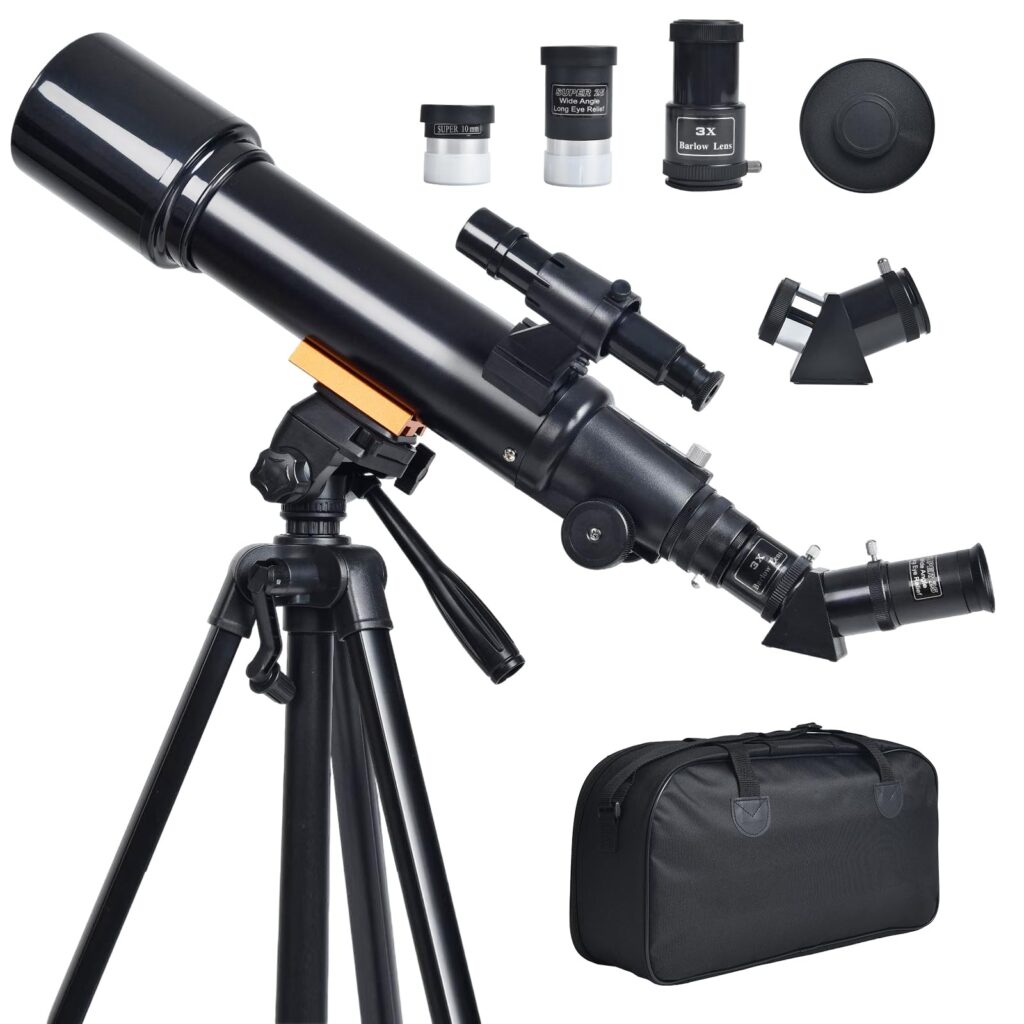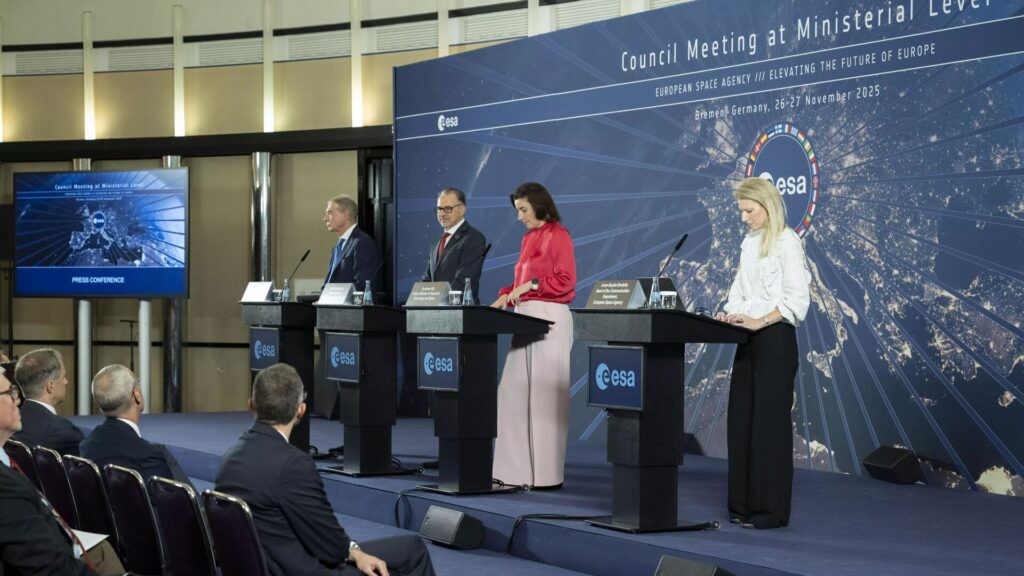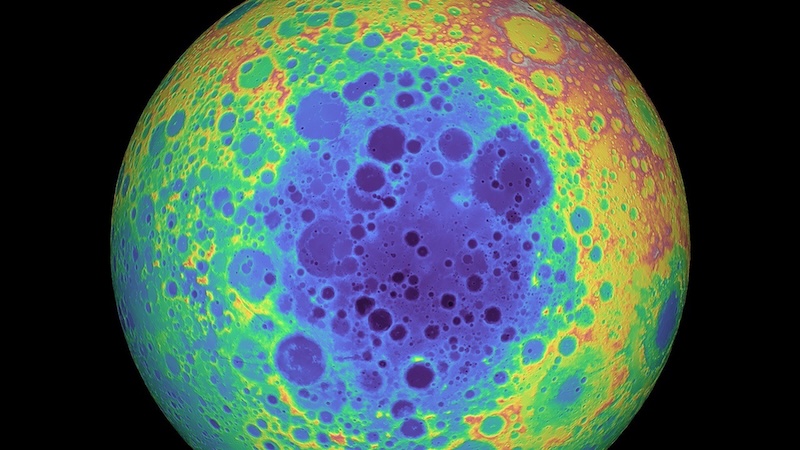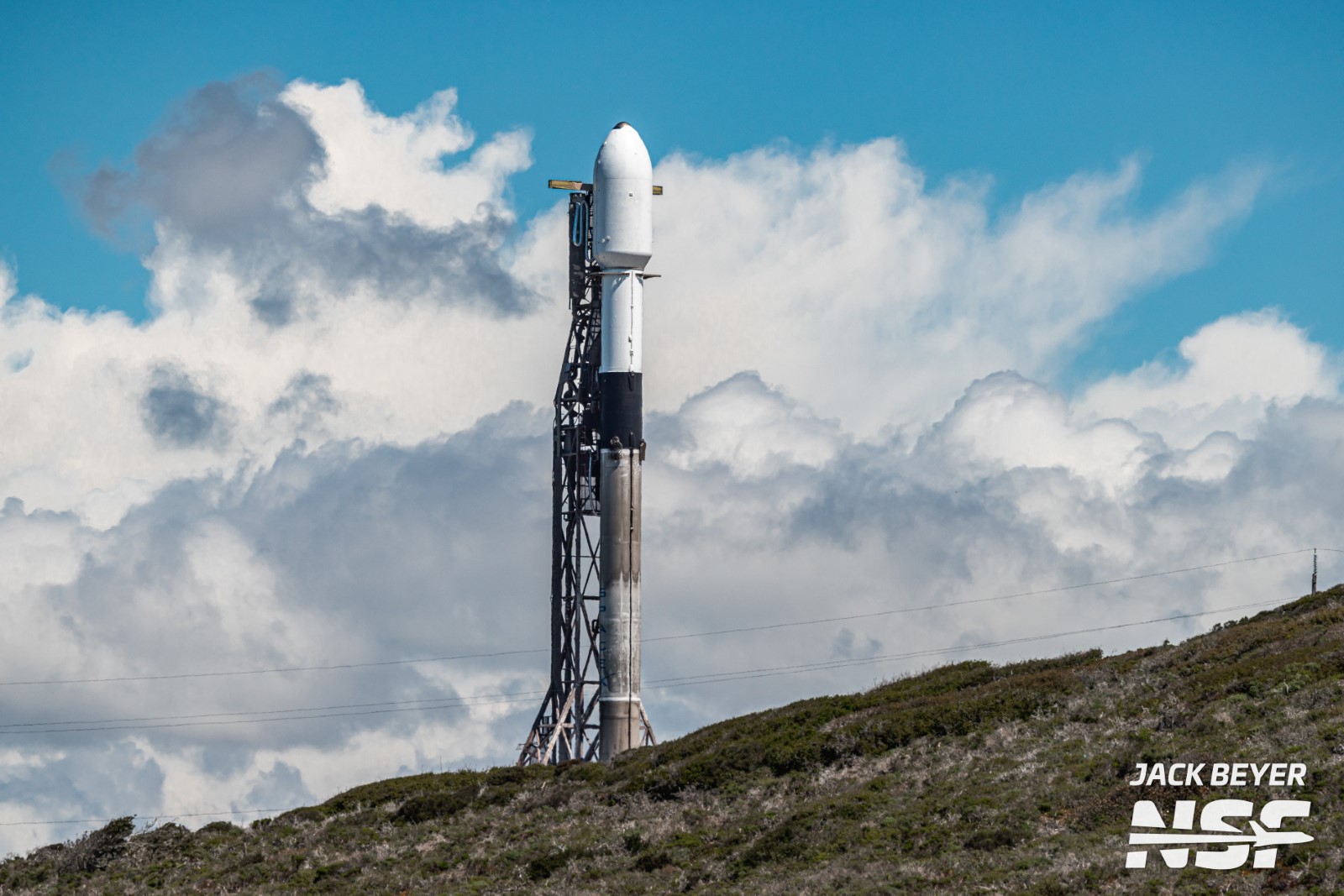Now Reading: ESA and NASA Reveal Alarming Thinning of Greenland Ice Sheet
-
01
ESA and NASA Reveal Alarming Thinning of Greenland Ice Sheet
ESA and NASA Reveal Alarming Thinning of Greenland Ice Sheet
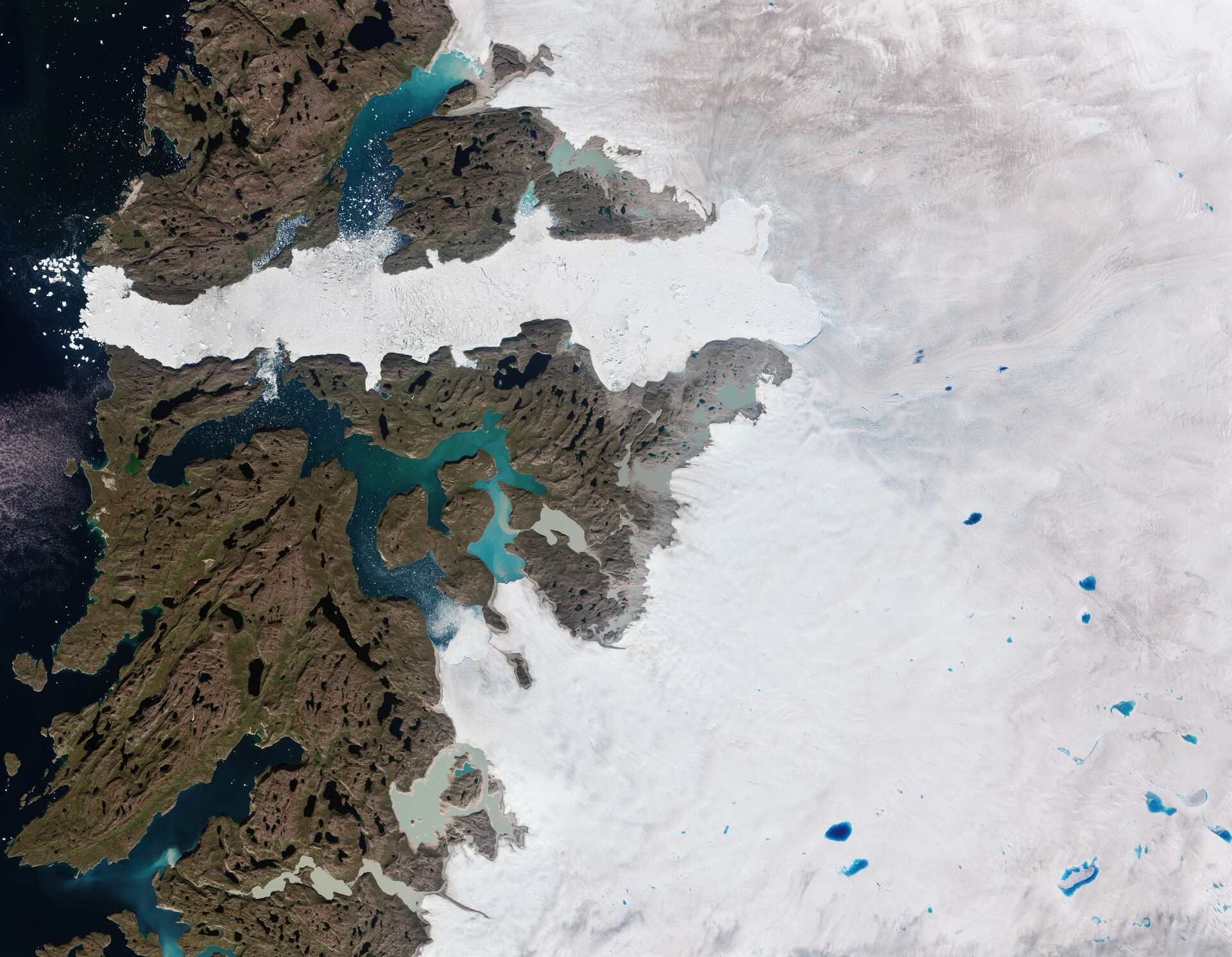

The recent collaboration between the European Space Agency (ESA) and NASA has yielded groundbreaking insights into one of the most critical environmental issues of our time: the melting of the Greenland Ice Sheet. Using data from ESA’s CryoSat and NASA’s ICESat-2, scientists have presented the first comprehensive measurements of how the ice sheet is changing, revealing alarming rates of thinning and substantial implications for global sea levels.
Global warming continues to be a driving force behind the accelerated melting of glacier and polar ice. The Greenland Ice Sheet, in particular, plays a pivotal role in influencing sea levels and climate patterns across the globe. Researchers have long sought precise data to understand this phenomenon, leading to the integration of the CryoSat and ICESat-2 missions, which utilize distinct yet complementary technologies for measuring ice elevation changes.
Technological Insights
- CryoSat employs radar altimetry, a method that allows it to penetrate cloud cover, making it effective even in less-than-ideal weather conditions. However, the radar signals also penetrate the ice surface, necessitating corrections to get an accurate height measurement.
- ICESat-2, on the other hand, utilizes laser altimetry, providing highly accurate measurements of the ice surface but is limited by cloud cover, which can obscure its readings.
This partnership has led to a landmark study published in Geophysical Research Letters, which confirms that the combined measurements from these two missions correlate within a remarkable 3% accuracy. This level of agreement not only validates the reliability of this dual approach but also enhances our understanding of ice sheet dynamics, a critical aspect of climate change research.
The implications of these findings are monumental. Between 2010 and 2023, it was noted that the Greenland Ice Sheet experienced an average thinning of 1.2 meters. In areas known as the ablation zones, where summer melting far exceeds winter snowfall, the average thinning reached a staggering 6.4 meters. The most severe melting occurred in specific outlet glaciers; the Sermeq Kujalleq glacier saw a peak thinning of 67 meters, while the Zachariae Isstrøm glacier recorded an even greater peak of 75 meters.
The Scale of Ice Loss
Over the course of the 13-year study, the total ice sheet volume loss was approximately 2,347 cubic kilometers, roughly equivalent to the volume of water found in Africa’s Lake Victoria. The greatest losses were registered in extreme melting years, notably in 2012 and 2019, where the ice sheet shrank by over 400 cubic kilometers in each year. Such extensive ice loss not only signals rising sea levels but also illustrates the broader impacts on global ocean circulation and weather patterns.
“We are very excited to have discovered that CryoSat and ICESat-2 are in such close agreement,” stated Nitin Ravinder, the lead author and a researcher at the UK Centre for Polar Observation and Modelling (CPOM). This collaboration has enormous ramifications for scientists and policymakers alike, as understanding these ice mass changes is critical to predicting future sea level rise and its potential impacts on coastal communities worldwide.
Future Endeavors
The research utilized four years of data, aligning the CryoSat satellite’s orbit with ICESat-2 to allow for synchronized measurements. This innovative approach not only represents an exciting technical achievement but also enhances precision in tracking changes in both land and sea ice thickness.
Tommaso Parrinello, the CryoSat Mission Manager, expressed enthusiasm about the new opportunities this joint effort creates: “By aligning our data with ICESat-2, we’ve opened new avenues for precision and insight.” This synergy between ESA and NASA highlights the importance of international collaboration in addressing climate change and its significant repercussions.
Thorsten Markus, the project scientist for ICESat-2 at NASA, emphasized the value of understanding the complementary nature of these missions: “Studies like this are critical to create a comprehensive time series and will be invaluable as we look forward to future missions like CRISTAL.”
As we move forward, the collaboration between ESA’s CryoSat and NASA’s ICESat-2 signifies a substantial leap in our capacity to monitor polar ice changes. This unified approach not only empowers research but is also an important component in our efforts to grasp the full extent of climate change and its implications for our planet’s future.
Stay Informed With the Latest & Most Important News
Previous Post
Next Post
-
 012024 in Review: Highlights from NASA in Silicon Valley
012024 in Review: Highlights from NASA in Silicon Valley -
 02Panasonic Leica Summilux DG 15mm f/1.7 ASPH review
02Panasonic Leica Summilux DG 15mm f/1.7 ASPH review -
 03How New NASA, India Earth Satellite NISAR Will See Earth
03How New NASA, India Earth Satellite NISAR Will See Earth -
 04And Thus Begins A New Year For Life On Earth
04And Thus Begins A New Year For Life On Earth -
 05Astronomy Activation Ambassadors: A New Era
05Astronomy Activation Ambassadors: A New Era -
06SpaceX launch surge helps set new global launch record in 2024
-
 07Space Force plans new ‘Futures Command’ amid pressure to speed up modernization
07Space Force plans new ‘Futures Command’ amid pressure to speed up modernization













